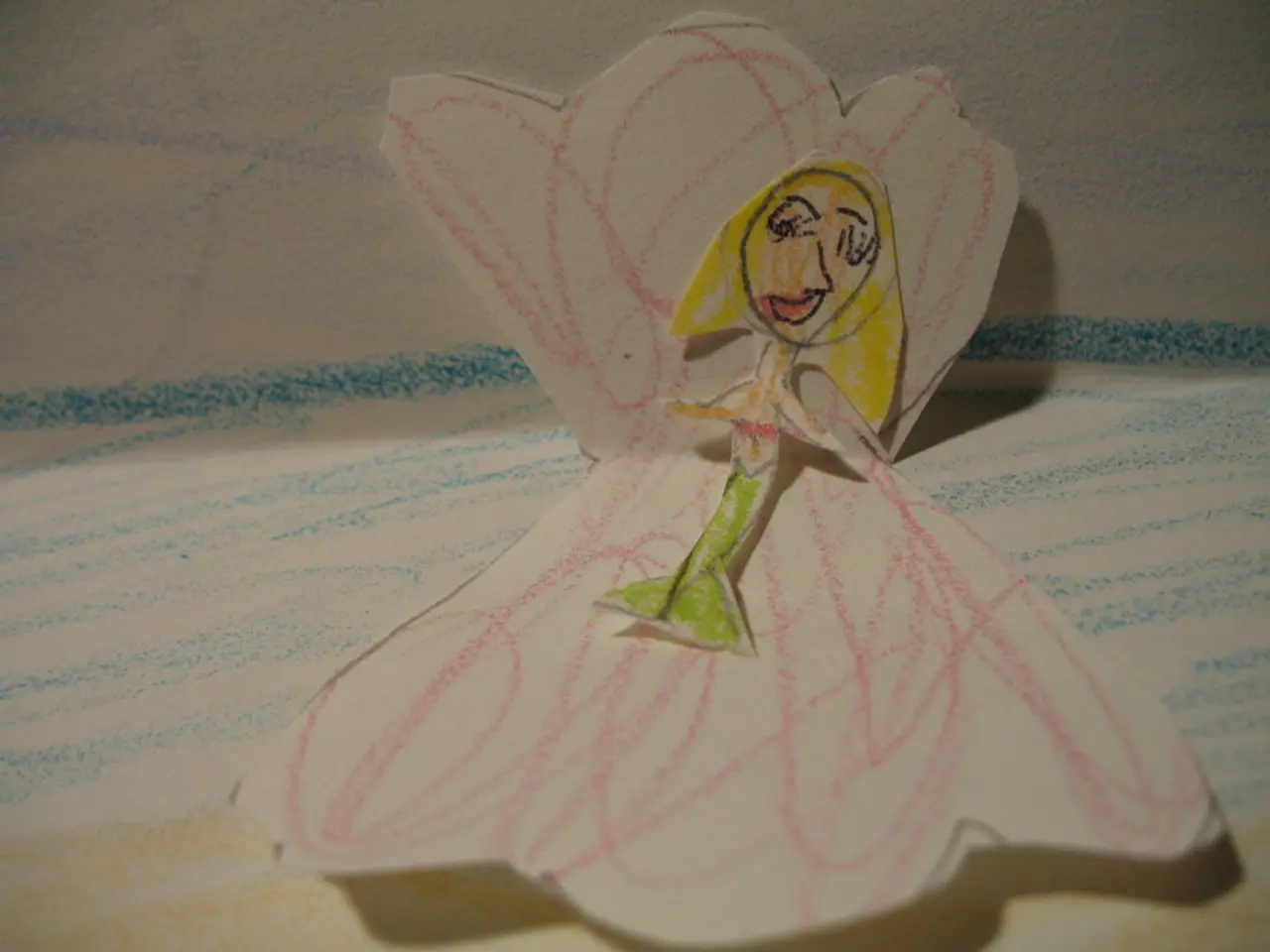Exploring STEM Education Through Holographic technology
The University of Central Florida (UCF) is pioneering the use of hologram technology in education, offering students an immersive and interactive learning experience that extends beyond the traditional STEM subjects.
Dr. Bari Hoffman, the associate dean for Clinical Affairs at the College of Health Professions and Sciences, is a strong advocate for this innovative approach. She believes that holograms can revolutionise the way students learn, providing them with a unique opportunity to engage with complex concepts and real-world scenarios.
One of the most striking applications of hologram technology at UCF is in medical education. Students are exposed to a wide variety of patient conditions, interacting with lifelike holograms that seem as if they are truly in the room. This technology has been instrumental in helping students understand and retain complex medical information, making learning more engaging and effective.
However, the implementation of hologram technology is not without its challenges. The level of technical support necessary is a significant consideration, and the excitement of educators about using holograms in their teaching practice is crucial for successful integration into the curriculum.
UCF has not only limited its use of holograms to STEM fields. The technology has been employed in various education applications, from studying the potential use in telehealth to hosting keynote symposium speakers and immersive, interactive storytelling sessions. Comedian Howie Mandel was even "beamed in" to talk to students about neurodiversity, and students were able to take pictures standing next to him, giving the illusion that they were in the same space.
Moreover, holograms are being used to enhance learning experiences in non-STEM subjects such as art, humanities, museums, language learning, and social studies. In museums and cultural education, holograms bring historical artifacts, artwork, and virtual storytellings to life, engaging visitors by providing deep visual context and interactive exploration that conventional displays cannot match.
Holograms facilitate immersive role-playing and virtual interactions, helping learners practice languages or explore social scenarios in a vivid, contextualized way. In virtual storytelling and humanities, educators use holograms to visualize narratives or historical events dynamically, making stories more compelling and memorable.
The benefits of hologram technology in these fields are numerous. 3D visuals capture attention and stimulate curiosity through interactivity and realistic representation. Abstract and complex ideas become tangible, as learners can see, manipulate, and explore subjects from all sides rather than relying on 2D images or text. Hologram lessons can also be tailored for varied learning preferences, maximising effectiveness.
Furthermore, in contexts like museums or cultural education, holograms provide access to rare or fragile artifacts virtually, protecting originals while broadening audience reach. This innovative technology extends educational opportunities beyond STEM by transforming passive learning into immersive, experiential knowledge acquisition across diverse disciplines.
It's worth noting that hologram devices create the illusion of 3D people and objects, but they do not employ true hologram 3D projection. Despite this, the utility of holograms extends to various fields, including art and neurodiversity discussions. Holograms have even been used to showcase sculptures and other works of art that could not be transported to the university.
In conclusion, the University of Central Florida is leading the way in harnessing the power of hologram technology to enhance learning experiences across a multitude of disciplines. As more educators and institutions seek information about implementing hologram technology for education, it's clear that this innovative technology is set to revolutionise the educational landscape.
- Dr. Bari Hoffman, an advocate for holograms in education, sees them as a means to revolutionize learning, offering students unique opportunities to engage with complex concepts and real-world scenarios.
- UCF has extended the use of hologram technology beyond STEM fields, applying it in various education applications such as telehealth, virtual storytelling, art, and museum exhibits.
- In museums and cultural education, holograms bring historical artifacts and artwork to life, engaging visitors with deep visual context and interactive exploration that outperforms conventional displays.
- Holograms facilitate immersive role-playing and virtual interactions, helping learners practice languages or explore social scenarios in a vivid, contextualized way.
- UCF's implementation of hologram technology is not without challenges, but its potential to transform education by making learning immersive, experiential, and effective across diverse disciplines is evident.




